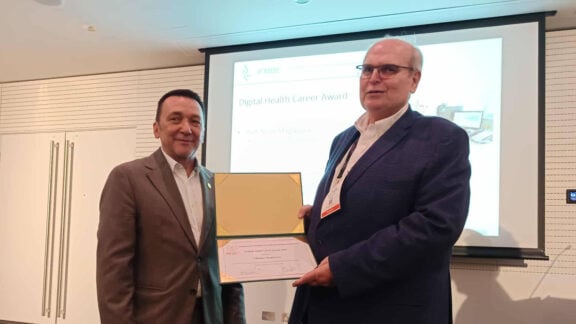New research has uncovered that breast cancer can be classified in ten specific sub-groups revolutionising the way treatment is provided to patients of breast cancer.
The breakthrough was discovered by Canadian and UK researchers who looked at 2000 samples of breast cancer and discovered ten distinct genetic sub-groups, meaning treatment can be targeted according with what sub-group the patient finds their breast cancer in.
Dr Helen Zorbas, CEO, Cancer Australia, told Neos Kosmos that what “this ultimately means is that we can better identify which women are likely to benefit most from particular treatments and on the other hand steer women who may not benefit from the treatment from actually having to undergo [it]”.
The study analysed all the different types of genetic changes which were present within those 2000 breast cancer tumours and through that analysis identified the ten distinct sub-groups.
“What [the research] tells us is all breast cancer is not all the same – and we’ve known that for some time – but for the first time it gives us a real understanding of the ten different types of fingerprints, if you like, of these types of breast cancer so they are quite different genetically and therefore, being able to get this type of detailed sub-grouping allows us to be able to look to develop particular treatments that could target those sub-groups specifically.
Dr Zorbas said this is a “much more precise way of dealing with cancer because we have a much better and deeper understanding and knowledge of the cancer genetic.”
“We know that not all women have the same apparent type of breast cancer … so this kind of research helps us to understand why the response rates are different and to target the treatments more effectively to those women who are likely to get the greatest benefit.”









